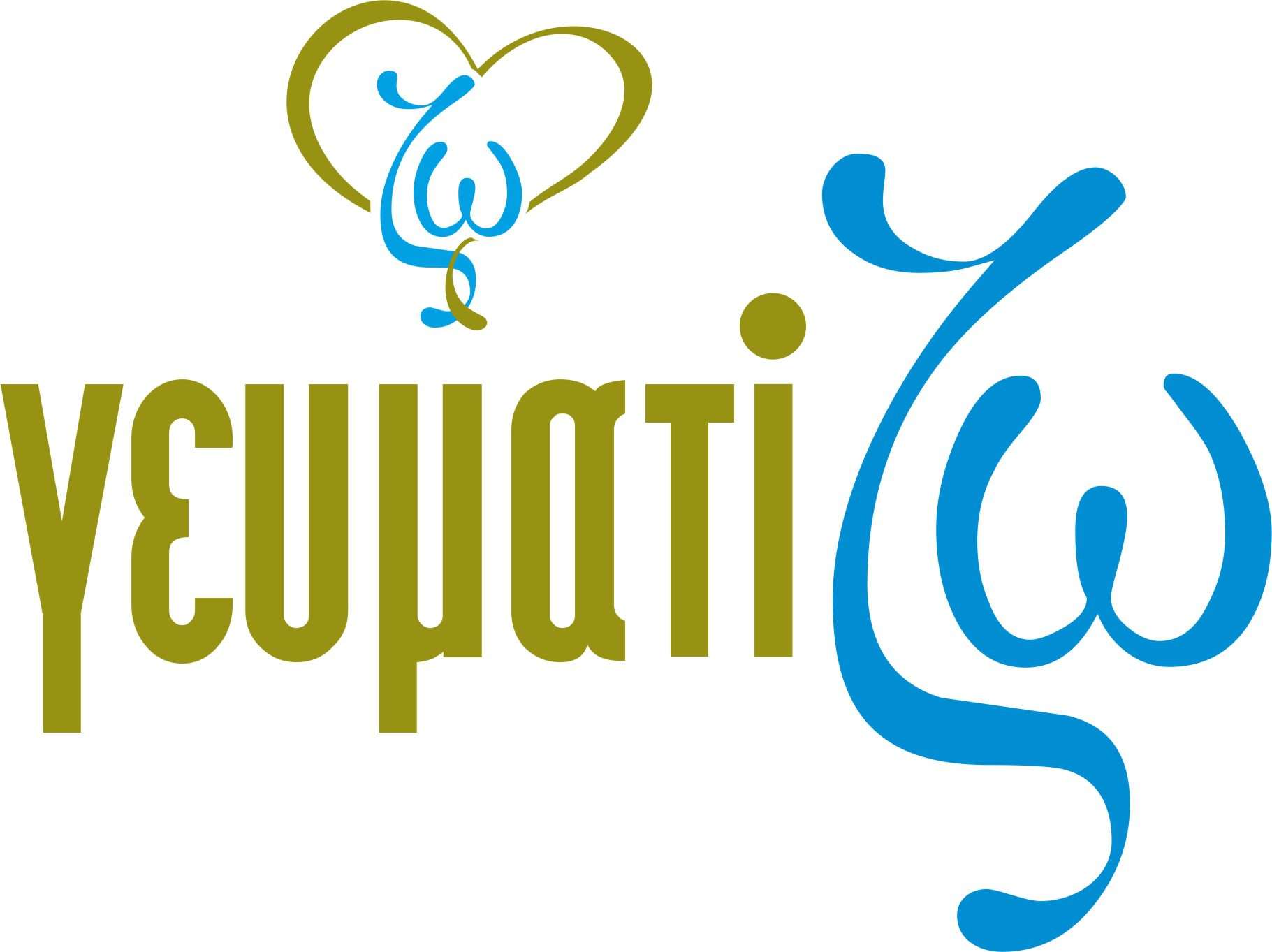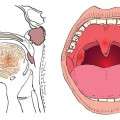Proximal Symphalangism, Hyperopia, Conductive Hearing Impairment, and the NOG Gene: 2 New Mutations Otology and Neurotology
NOG gene mutations, which lead to aberrant noggin protein function, give rise to a large spectrum of clinical findings and different symphalangism syndromes. These syndromes are all allelic disorders within the Noggin phenotype spectrum.
Noggin, also known as NOG, is a protein which in humans is encoded by the NOG gene.
Noggin inhibits TGF-β signal transduction by binding to TGF-β family ligands and preventing them from binding to their corresponding receptors.
Noggin plays a key role in neural induction by inhibiting BMP4, along with other TGF-β signaling inhibitors such as chordin and follistatin.
Mouse knockout experiments have demonstrated that noggin also plays a crucial role in bone development, joint formation, and neural tube fusion.
The secreted polypeptide noggin, encoded by the NOG gene, binds and inactivates members of the transforming growth factor-beta (TGF-beta) superfamily signaling proteins, such as bone morphogenetic protein-4 (BMP4).
By diffusing through extracellular matrices more efficiently than members of the TGF-beta superfamily, noggin may have a principal role in creating morphogenic gradients. Noggin appears to have pleiotropic effect, both early in development as well as in later stages. It was originally isolated from Xenopus based on its ability to restore normal dorsal-ventral body axis in embryos that had been artificially ventralized by UV treatment. The results of the mouse knockout of noggin suggest that it is involved in numerous developmental processes, such as neural tube fusion and joint formation. Recently, several dominant human NOG mutations in unrelated families with proximal symphalangism (SYM1) and multiple synostoses syndrome (SYNS1) were identified; both SYM1 and SYNS1 have multiple joint fusion as their principal feature, and map to the same region (17q22) as NOG. All NOG mutations altered evolutionarily conserved amino acid residues. The amino acid sequence of human noggin is highly homologous to that of Xenopus, rat and mouse.







